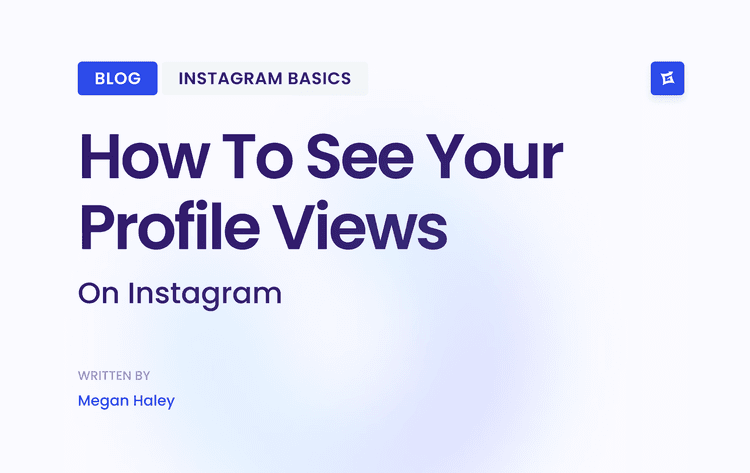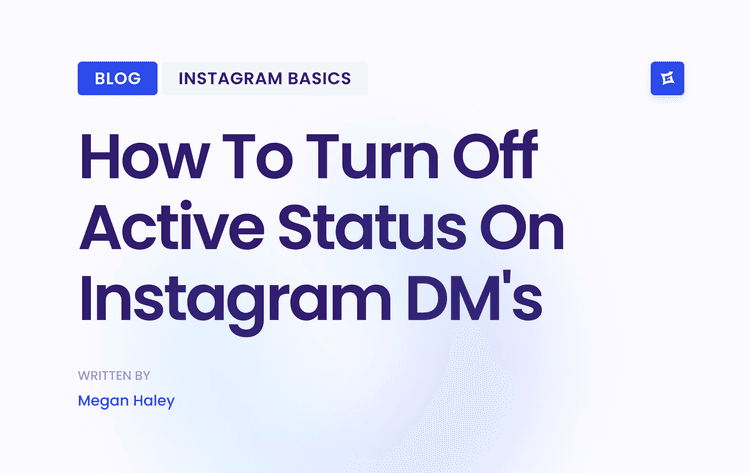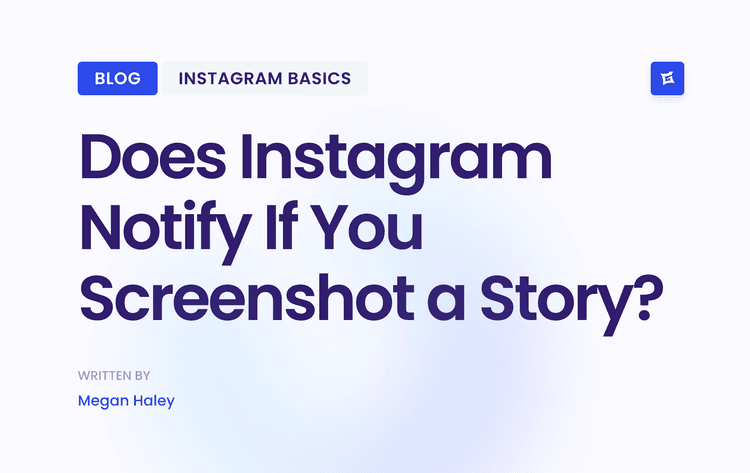Understanding Core Social Media Success Metrics
Identifying Meaningful KPIs
Your social media goals should guide which metrics matter most. Brand awareness goals require tracking reach, impressions, and social share of voice. For lead generation, pay attention to click-through rates, conversion rates, and cost-per-click. The metrics you choose need to connect to your objectives. Check out more tips here: How to master business growth.
Establishing Baselines and Benchmarks
Start by analyzing your past performance to set realistic targets. Track metrics consistently over time to spot trends. Compare your numbers against competitors to find opportunities for improvement. For example, monitor your follower growth rate - if you have 10,000 followers and gain 200 new ones in a month, that's a 2% growth rate. This helps evaluate content performance and campaign ROI. Learn more at SproutSocial.
Automating Your Tracking System
Skip the tedious spreadsheets and automate your metrics tracking. Tools like Hootsuite and Sprout Social provide dashboards to monitor multiple social channels in one place. This saves time, ensures accuracy, and lets you focus on analyzing the data to improve your strategy. With real-time monitoring, you can quickly spot what's working and what needs adjustment.
Mastering Engagement Metrics That Drive Results

Getting more followers is just the start - what matters is how your audience connects with your content. Smart social media teams look beyond basic numbers to understand how people interact with their posts and use those insights to achieve real business goals.
Beyond Likes and Shares: Measuring Meaningful Interactions
Looking at likes, comments, and shares gives you a basic view of audience interest. But to understand engagement, you need to dig deeper into interaction rates - are people just hitting like, or are they having conversations and spreading your content to their networks? This tells you if your content strategy is working.
Identifying Content Patterns That Drive Audience Action
High interaction rates are great, but understanding why certain posts perform better is key. Pay attention to:
Content Format: Do videos get more engagement than images? Do longer captions spark more discussion?
Topics: Which subjects click with your audience?
Timing: When is your audience most active and engaged?
By spotting these patterns, you can create content that consistently performs well.
Benchmarking Your Performance and Optimizing Your Approach
How do you stack up against others in your field? Comparing your numbers to competitors and industry standards helps identify where you can improve. According to recent data, TikTok leads with a 2.50% average engagement rate, showing just how important engaging content is. Get more detailed stats here. Remember - engagement rates vary by platform, but the basic formula looks at total interactions divided by audience size.
Interpreting Engagement Signals Across Different Platforms
Each social platform measures engagement differently. A retweet means something different than a Facebook share, and an Instagram comment often shows more engagement than a TikTok like. You need to understand these differences to accurately measure your performance on each platform. Consider the unique user behaviors and demographics of each network.
Testing and Optimizing Your Engagement Strategy
Success requires constant fine-tuning. Regular A/B testing of different content formats, posting times, and calls-to-action helps optimize your approach. Track what works, adjust what doesn't, and keep refining your strategy based on real results. This ongoing process ensures your social media efforts stay effective and relevant.
Tracking Brand Perception and Audience Sentiment
Tracking social media metrics reveals how of audience engages. But understanding sentiment reveals the why - how people feel about your brand. By monitoring emotional responses and perceptions, you gain deeper insights that basic engagement numbers can't provide.
Why Sentiment Analysis Matters
Sentiment monitoring goes beyond just tallying positive and negative comments. It helps you understand the nuanced ways people respond to your content and brand. Are customers excited about your latest product? Concerned about recent changes? These insights help guide smart decisions about connecting with your audience.
Setting Up Effective Sentiment Tracking
The best approach combines careful manual review with specialized tools. Start by regularly reading comments and mentions across your social channels, looking for patterns in how people talk about your brand. This hands-on analysis provides direct insight into audience reactions. Tools like Brand24 and Brandwatch can help track sentiment at scale and flag potential issues. High engagement with negative comments may signal controversial content that needs adjustment, while positive sentiment shows that your content resonates well. Learn more about sentiment tracking in Brand24's guide to measuring social media success.
Using Sentiment Data to Take Action
Once you've collected sentiment data, put those insights to work. Look for trends that can shape your content strategy. If people react negatively to certain features, consider improvements. When content gets positive responses, note what worked well to replicate that success.
Monitoring Competitors and Managing Issues
Sentiment tracking helps with competitive analysis and crisis prevention. By monitoring competitor sentiment, you can spot their strengths and weaknesses to inform your strategy. It also serves as an early warning system—sudden spikes in negative comments may indicate emerging problems. Quickly responding to issues helps protect your brand reputation.
Regular sentiment monitoring ensures your social media connects meaningfully with your audience and builds real brand loyalty. This creates a foundation for turning positive engagement into business results.
Translating Social Media Metrics Into Revenue Impact

While tracking likes and shares matters, what counts is how social media affects your bottom line. The key question is: How do we connect specific social campaigns to actual sales? Let's explore practical ways to link your social media efforts to real business results.
Advanced Attribution Models: Giving Credit Where It's Due
One major challenge is tracking which marketing touchpoints lead to sales. Picture this: A customer sees your product on Instagram, visits your website, leaves without buying, and then comes back through Google search days later to make a purchase. Which channel deserves credit? This is where attribution models come in. While last-click attribution gives all credit to the final touchpoint, multi-touch attribution provides a more realistic view by giving weighted credit to each step in the customer's journey.
Conversion Tracking Systems: Following the Path to Purchase
Proper conversion tracking is essential for connecting social media to revenue. You need systems that monitor user actions from their first social media interaction to purchase. Facebook and Google Ads offer built-in tools to track website visits, form submissions, and purchases. By connecting these with your analytics, you can see exactly which content drives valuable actions.
Building Comprehensive Performance Dashboards
Smart brands create dashboards that show the direct link between social media and revenue. These combine data from social platforms, website analytics, and CRM systems into one clear view. A good dashboard might display how social engagement affects web traffic or track leads from specific campaigns. You might be interested in: How to master your agency growth with Gainsty. This unified approach helps spot patterns you'd miss by looking at metrics separately.
Calculating the True Value of Your Social Media Brand
To prove social media's worth, you need to put actual numbers to your efforts. Calculate your social advertising ROI by comparing campaign costs to generated revenue. For organic content, estimate earned media value by comparing your reach and engagement to equivalent paid advertising costs. This approach helps demonstrate social media's financial impact on your team and stakeholders.
Turning Insights Into Action
Once you track how social media affects revenue, use those insights to improve your strategy. If certain content consistently drives sales, create more of it. If a platform isn't delivering results, shift resources elsewhere. Keep testing and adjusting based on real data to make your social media efforts as effective as possible.
Tools for Measuring Your Social Media Success
Every social media manager needs reliable data to understand what's working. The right analytics tools are essential for tracking performance, understanding your audience, and meeting your goals on social media platforms.
Finding Analytics Tools That Match Your Goals
With so many analytics platforms available, start by identifying what you want to measure. Are you focused mainly on growing Instagram? Do you need to track multiple social channels? Your specific goals will help determine which tools make sense. For example, if Instagram growth is your priority, Gainsty's platform provides detailed Instagram-specific analytics. For managing multiple platforms, tools like Hootsuite or SproutSocial offer broader capabilities.
Creating One Dashboard View
Jumping between different analytics platforms wastes time. The best setup gives you a single view of performance across all your social channels. Many tools now integrate data from multiple platforms into one dashboard, making it easier to spot trends and analyze results. You can also connect these tools to your existing marketing systems through APIs for truly centralized reporting.
Setting Up Automated Reports
Smart social media managers automate their reporting process. Most analytics platforms can automatically generate and email regular performance updates. You can schedule weekly reports showing key metrics like engagement, reach, and follower growth. This saves hours of manual work and ensures consistent reporting, letting you focus on strategy instead of data collection.
Using Data to Drive Decisions
Numbers alone don't tell the full story - you need insights that guide your strategy. Look for analytics features that help you understand sentiment and how people perceive your brand. Competitive analysis tools let you benchmark against others in your industry. The best platforms help you segment your audience data to create more targeted campaigns for specific groups. This focused approach helps you connect with followers more effectively.
Building Your Performance Measurement Framework

Measuring social media success requires a focused, strategic plan - not tracking every metric just because you can. A well-planned performance measurement framework helps you identify and track only the most meaningful data points for your goals. Think of it as your roadmap for collecting and analyzing social media data to make smarter decisions.
Designing Custom Dashboards for Your Objectives
Skip the generic dashboards and create customized views that match your specific business goals. For example, if you want to grow brand awareness, focus on metrics like reach, impressions, and social share of voice. But if lead generation is your priority, track click-through rates, conversion rates, and cost-per-click instead. This focused approach ensures you're watching the numbers that truly matter for your objectives.
Establishing Efficient Reporting Workflows
Good data collection is just the start. You also need clear reporting workflows to turn those numbers into actionable insights. Key elements include:
Regular Review Schedule: Pick specific times (weekly, monthly) to analyze your metrics
Automated Tools: Use software that generates reports automatically to save time
Clear Visuals: Present data in easy-to-understand charts and graphs
A smooth reporting process helps you spot trends and opportunities faster.
Creating Processes for Continuous Optimization
Social media never stands still, and neither should your measurement approach. Build in regular review processes to keep your framework current. This might mean adding new metrics, updating your reporting methods, or adjusting your overall strategy. For instance, if short videos become a key part of your content mix, you'll want to add relevant video metrics to track performance.
Maintaining Agile Measurement Systems
Leading brands know that social media measurement needs constant fine-tuning. They use flexible measurement systems that can adapt quickly as platforms evolve and business needs shift. This means staying current with platform changes, industry trends, and testing new measurement approaches. By keeping your framework agile, you'll always have reliable data to guide your social strategy and keep it aligned with business goals.
Ready to improve your Instagram following and grow organically? Gainsty is your AI-powered social assistant that helps you gain real followers and boost engagement. We focus on genuine growth with zero risks. Visit us today to start your Instagram success story.


.png&w=1920&q=75&dpl=dpl_9XSWKBjhcBN6v6b1SN7m3p1WWjfr)

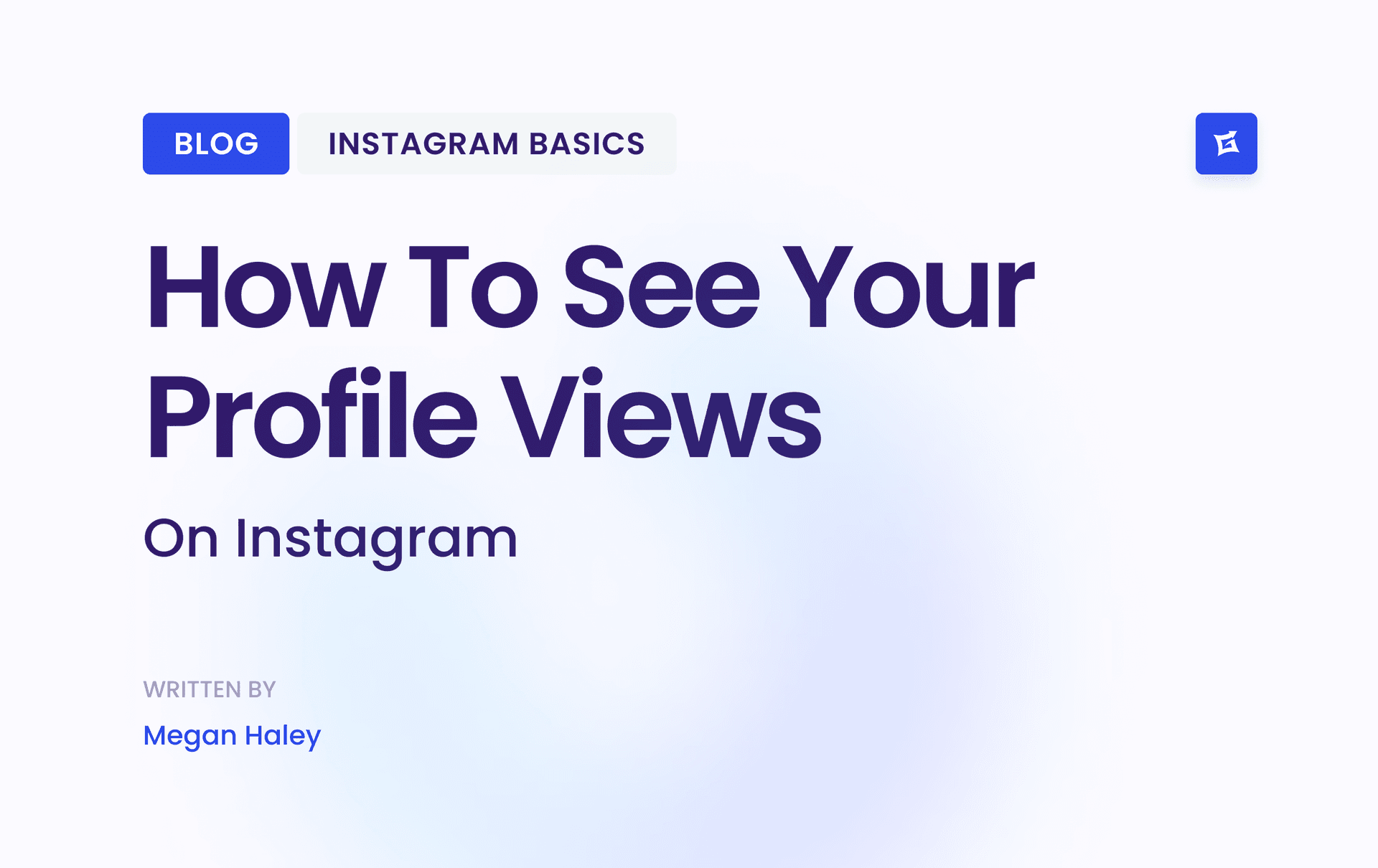
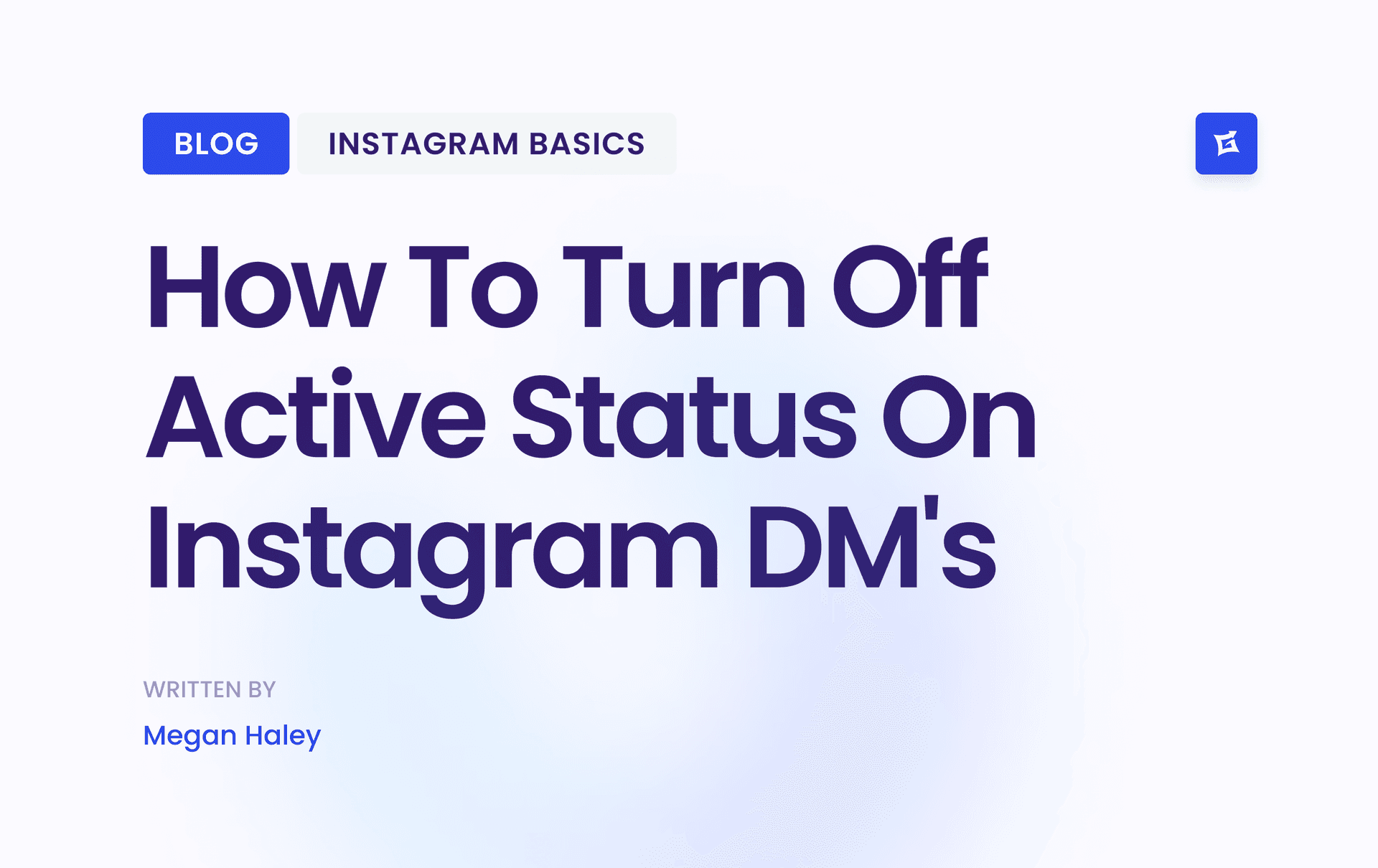





.png&w=750&q=75&dpl=dpl_9XSWKBjhcBN6v6b1SN7m3p1WWjfr)

